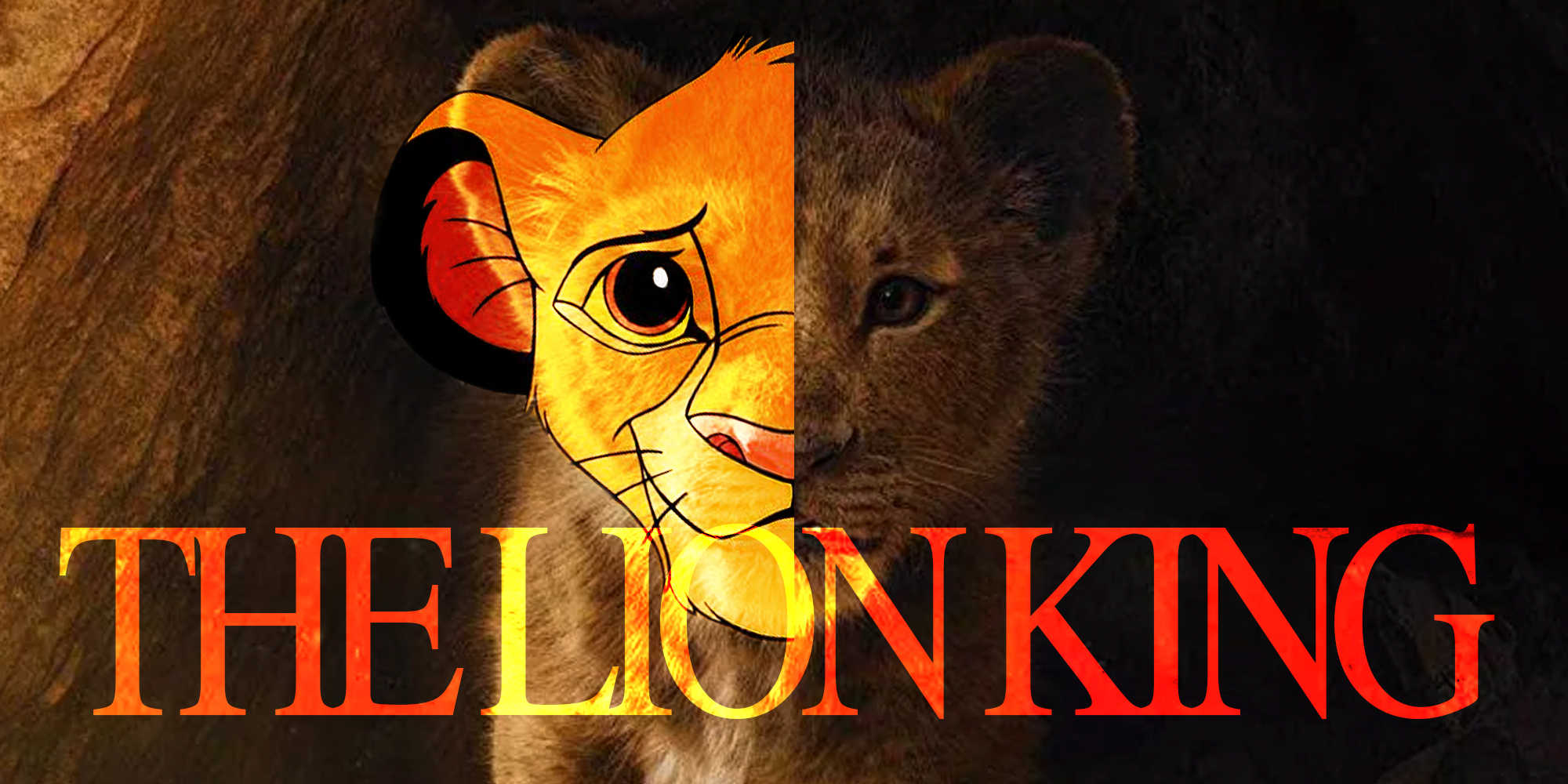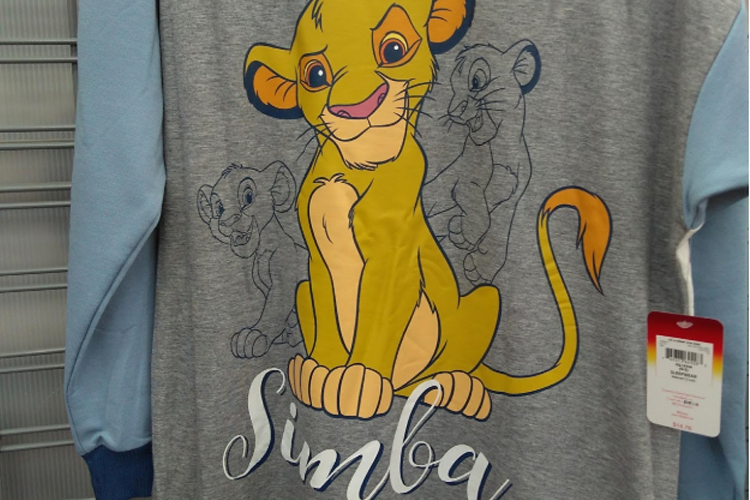(Spoiler alert for The Lion King.)
When I saw the new The Lion King on Tuesday, my 3:30 showtime turned out to have been a 3:15 showtime. So, I missed the opening scene. Not an ideal situation, but it wasn’t the end of the world. At least I hadn’t had to sit through the trailers. I settled into my seat as “The Circle of Life” ended and the title card flashed onscreen.
When little Simba entered the scene, I was immediately smitten with his adorable character design. Yet, even after a few minutes, I didn’t feel emotionally attached to him. Was it because I had missed the opening scene? Maybe I just needed to wait a while. But, by the end of the movie, I still didn’t feel immersed in the story or connected to any of the characters. And I didn’t know why.
As I was walking out of the theater, a preteen boy stopped me.
“Hey, did you just see The Lion King?” he asked.
“Uh… yeah,” I replied.
“I cried when the dad died.” He smiled bashfully.
“Oh, you did?” I tried to sound neutral. After a revelation like that, I couldn’t exactly share my opinion of the movie.
“Yeah, even though I knew it was coming. My mom was like, ‘Why are you crying? You know what happens!’” He laughed. “But that part gets me every time.”
He looked down and shook his head.
“It gets me every time.”
Were those tears in his eyes? Great, now I really couldn’t tell him what I thought. Thankfully, his mom came to get him before the conversation went much further.
What is wrong with me? I asked myself as I walked to my car. Why didn’t I like this movie? I didn’t have anything bad to say about the individual elements. The voice acting was great. The animals were lifelike. The visuals were gorgeous, and the score was to die for.* So what was the issue? Why did I feel nothing? I sighed. I needed to stop overthinking this. I got into the car and headed to Walmart to get some groceries.
When I passed the women’s clothing section on the way to the breakfast aisle, a T-shirt caught my eye. The shirt had Simba on it—the 1994 cartoon Simba.
I hadn’t cried at all in the movie theater, but I cried when I looked at that T-shirt. At that moment, I knew why I hadn’t connected with the new film.
I can’t watch the old The Lion King without getting choked up. It’s an intense emotional experience for me, and I suspect it is for you too. It’s why the film is so beloved. Take a look at these gifs:
Even without any dialogue, you can clearly tell what Simba is feeling. Now take a look at these gifs:
Without any context, can you tell what Simba is feeling in any of the above clips?
Okay, maybe in this one, you can tell that he feels sad and guilty. His looks down and his ears twitch a bit:
But compare that with this:
Lions can’t convey emotion on their faces the same way humans can. They don’t have the facial muscles for it. Lions have emotions, sure. But they express those emotions in very different ways from humans, in ways that humans don’t instinctively recognize like we recognize a facial expression like this:
The Lion King is not a story about lions. It is, in essence, a fable. It’s a story about animals doing very non-animal things. Doing very human things, in fact. As much as we’d like to pretend that lions communicate in human language, have a rich mythology, and randomly break into musical numbers, we know they don’t. So, when you’re watching a movie about singing animals, you have to temporarily forget that animals can’t really sing. You have to forget that they don’t smile, laugh, or cry the same way humans do. Trying to make a symbolic, fantastical movie “more realistic” risks breaking that suspension of disbelief.
You don’t like the 1994 The Lion King because it’s realistic. You like it because it’s not. It uses traditional animation to tell a very human story: to distill and amplify human emotions and values. Realism means nuance. Reality is very messy, and it is anything but distilled. And that is exactly why we need symbolic stories. That is exactly why we need unrealistic stories. Because life is complicated, and we have to simplify it to understand it.
None of the recent Disney remakes improved upon their originals. Were they good movies? Sure. Could they have stood on their own if their predecessors hadn’t existed? That’s hard to say, since they wouldn’t have existed without their traditionally animated predecessors. But what have they achieved besides looking more lifelike? I don’t see any reason for these remakes to exist, beyond nostalgic value.
The boy who stopped me in the theater cried when Mufasa died in the new movie. I didn’t. Just because he cried doesn’t mean the new The Lion King was a good movie, and just because I didn’t cry doesn’t mean it wasn’t. I’m not the kind of person who normally cries in movies. He’s probably the kind of person who does. But here’s the thing: I cry every time I watch the original The Lion King.
So, why did The Lion King need to be remade? Or Aladdin, or Beauty and the Beast, or Cinderella, for that matter? When people fall in love with stories, we want them to be real. So, as kids, we play pretend as our favorite characters. As teenagers, we write self-insert fanfiction (if you don’t know what that is, don’t look it up). As adults—well, I guess we watch live-action remakes of animated classics.
*Yes, this is the name of the song that plays when Mufasa dies in the 1994 film. The reference was unintentional. Sorry if I made you cry.
Laura Zeitner
Lead Writer
She's best known for her unnamed, non-speaking background role in Bibleman: Lambasting the Legions of Laziness. No, she does not sign autographs.
Check out her latest posts!





0 Comments